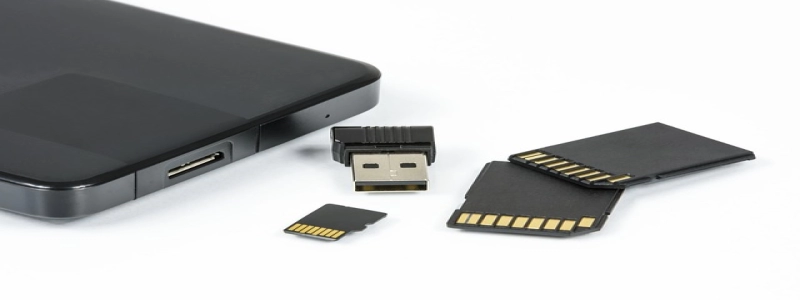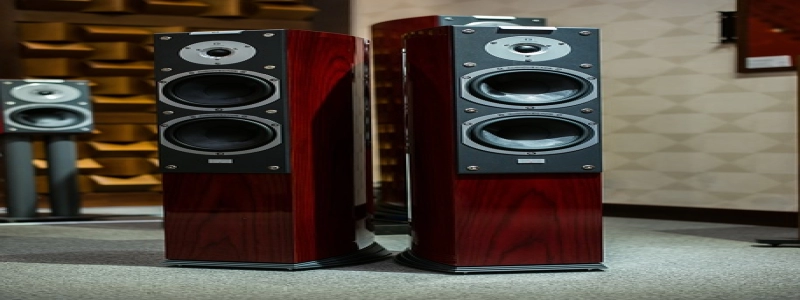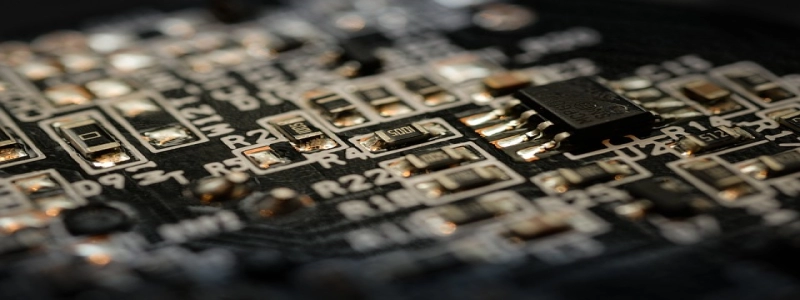Ethernet HDMI Extender
Introduction:
In today’s digital age, high-definition multimedia interface (HDMI) has become a standard for transmitting audio and video signals. However, due to the limitations of HDMI cables, it can be challenging to extend the range of HDMI connections. This is where Ethernet HDMI extenders come into play. This article will provide an in-depth explanation of Ethernet HDMI extenders, their functionality, and the benefits they offer.
I. What is an Ethernet HDMI Extender?
An Ethernet HDMI extender is a device used to extend the transmission range of HDMI signals over long distances. It allows users to connect HDMI devices, such as HD televisions, projectors, or monitors, without any loss in signal quality or integrity. The extender consists of a transmitter unit that converts the HDMI signal into an Ethernet signal and a receiver unit that converts it back into an HDMI signal.
II. How does it work?
Ethernet HDMI extenders utilize Ethernet technology to transmit HDMI signals over a network cable. The transmitter unit connects to the HDMI source device, while the receiver unit connects to the display device. The transmission occurs through a Cat5e/6/7 network cable, allowing up to 328 feet (100 meters) of distance between the two units.
III. Features and Benefits
1. Long-Distance Transmission: Ethernet HDMI extenders enable the transmission of HDMI signals over long distances, eliminating the need for expensive and bulky HDMI cables. This makes them ideal for large-scale installations, such as conference rooms or auditoriums.
2. High Resolution: These extenders support high-resolution video formats, including 4K Ultra HD and 3D, ensuring a superior visual experience.
3. Plug-and-Play: Ethernet HDMI extenders are easy to use and require no additional software or drivers for installation. Simply connect the devices, and the extender will automatically establish a connection.
4. Bi-Directional IR Control: Some extenders feature bi-directional infrared (IR) control, allowing users to remotely control the HDMI source device from the display location.
5. Wide Compatibility: Ethernet HDMI extenders are compatible with various HDMI devices, including gaming consoles, Blu-ray players, set-top boxes, and more.
IV. Applications
Ethernet HDMI extenders have numerous applications across various industries, such as:
1. Home Theaters: Extend HDMI signals from the entertainment center to a projector or a TV located in a different room.
2. Digital Signage: Transmit high-definition video and audio content to multiple displays in commercial settings, such as retail stores or airports.
3. Education: Connect laptops or tablets to projectors or interactive whiteboards in classrooms or lecture halls.
4. Healthcare: Transmit medical imaging and diagnostic data from one location to another without compromising quality.
Conclusion:
Ethernet HDMI extenders provide a reliable and convenient solution for extending HDMI signals over long distances. With their ability to support high resolutions, ease of use, and wide compatibility, these devices have revolutionized the way we transmit audio and video content. Whether it’s for personal entertainment, business presentations, or educational purposes, Ethernet HDMI extenders offer an efficient and cost-effective solution for all your HDMI extension needs.








